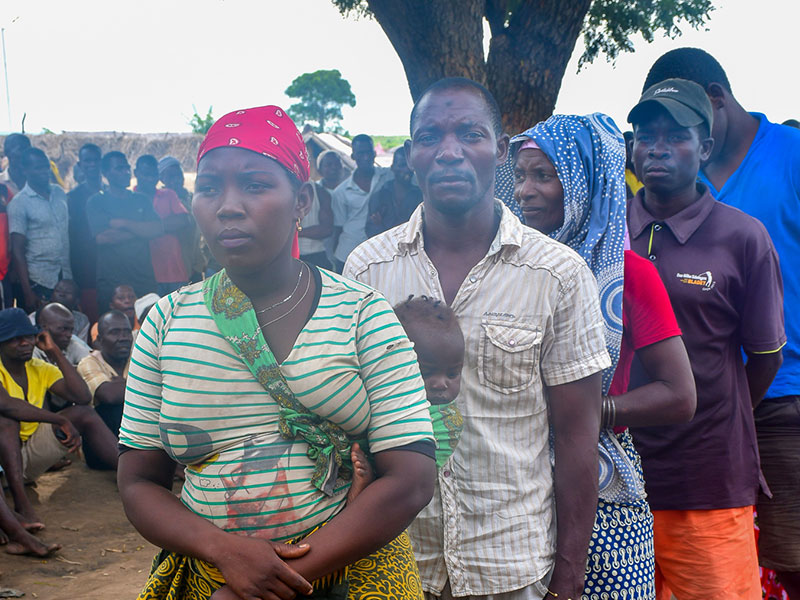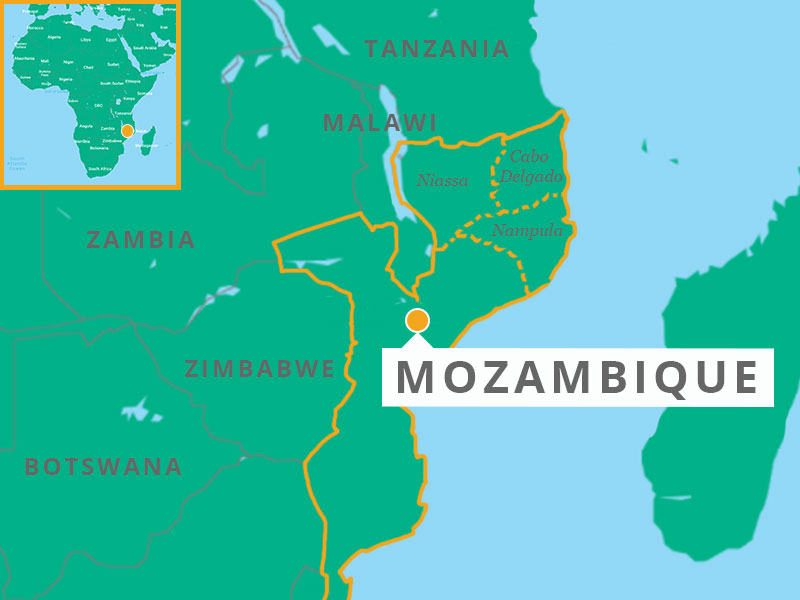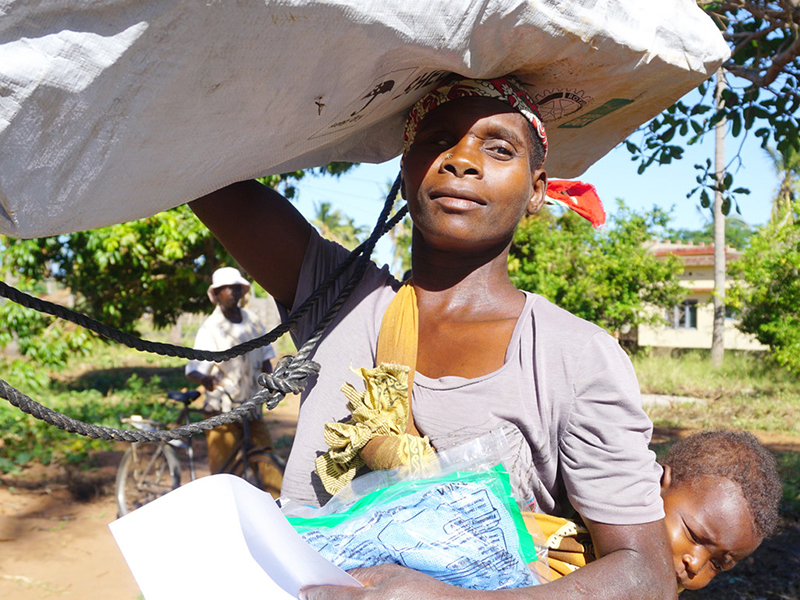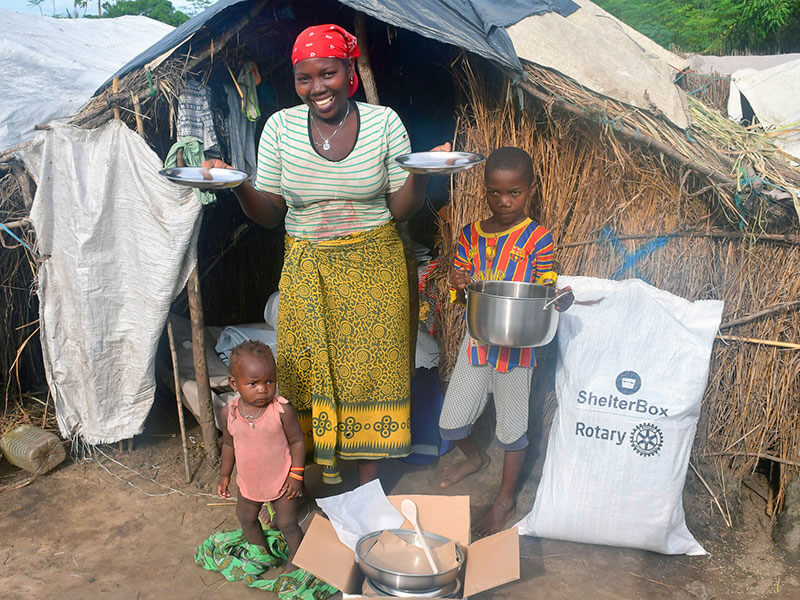The Conflict In Syria
The Syrian crisis has been ShelterBox’s largest and most sustained response in our history. As we mark this tragic 10-year milestone, an estimated 12.3 million people have been displaced by the conflict.
The conflict in northern Mozambique is driving one of the world’s fastest-growing displacement crises.
The number of people fleeing their homes has increased to over 940,000. This is a 20% increase since February 2022 (source IOM).
The need for shelter is huge, with families sleeping outdoors, exposed to harsh weather, disease and other protection risks.
Read on to find out what is happening in Mozambique and how we’re helping.
Mozambique is one of the most unequal countries in Sub-Saharan Africa. Combined with extremely high levels of poverty, this has created high levels of social tension.
In October 2017 an extremist group, known as Ahlu Sunna Wal-Jama, launched attacks on the northern province of Cabo Delgado.
The group has since carried violent attacks on innocent people, government forces, and military installations.
The violent attacks have been concentrated on the coast of Cabo Delgado, from Pemba city to the Tanzanian border. But, as the violence increases further, it is now beginning to spread into provinces such as Niassa.

Mozambique is a southern African nation.
With the Indian Ocean to the east, it is bordered by Tanzania to the north, Malawi, and Zambia to the northwest, Zimbabwe to the west, and Eswatini (Swaziland) and South Africa to the southwest.
With a population of approximately 28 million (INE, 2017), of which 68% live in rural areas and 60% live along the coastline, livelihoods in Mozambique depend largely on natural resources.
It is estimated that 46.1% of the of the population is living below the poverty line (source: UNDP.ORG).


A woman receives a shelter kit in Mozambique, where we responded after deadly Cyclone Dineo back in 2017.
As of June 2022, over 940,000 people have left their homes. Children account for 59% of people displaced, and more than half are women and girls.
90% of people report shelter as their most urgent need, followed by food (88%).
Most people are staying with family and friends in host communities, whose already meagre resources are strained.
The situation is desperate and chaotic. But as other crises around the world continue to escalate, more and more humanitarian agencies are reporting that they are running out of funds for their work in Cabo Delgado.
Communities bearing the brunt of this conflict need emergency shelter as soon as possible.
We are supporting vulnerable communities together with our partner CARE Mozambique.
There are huge logistical challenges around delivering aid in Mozambique, as many people are staying in hard to reach and high risk areas.
We are providing shelter kits, tarpaulin, solar lights, kitchen sets, sleeping mats, and mosquito nets to families who urgently need shelter and aid.
We’re reaching people who haven’t received any shelter assistance so far, and families who have been living in resettlement sites for over 6 months and whose emergency shelter items are starting to deteriorate.

The Syrian crisis has been ShelterBox’s largest and most sustained response in our history. As we mark this tragic 10-year milestone, an estimated 12.3 million people have been displaced by the conflict.
Over 2 million people have been forced to flee their homes due to extremist violence.